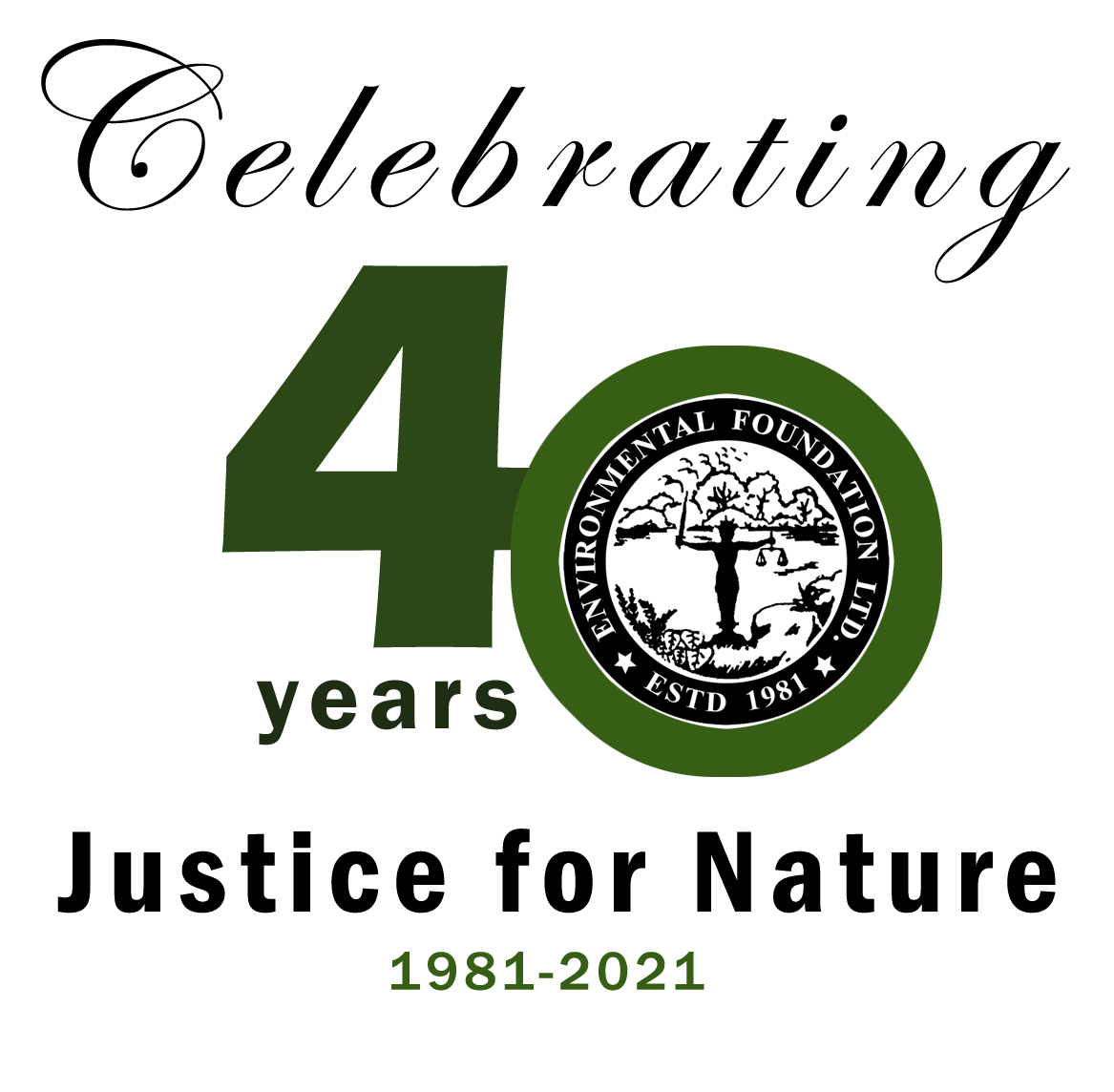The frequent occurrence of natural disasters, a situation that is quite novel to Sri Lankans, is a blatant reminder of our lack of regard for the natural environment of the country. Short sighted development projects of every caliber has immensely contributed to degrading the overall quality of Sri Lanka’s air, soil and water including flora and fauna. The energy sector is no exception with a CO2 contribution of 40.6% out of the entire CO2 emissions of the country, as recorded in the latest Long Term Generation Expansion Plan 2018-2034 (LTGEP) prepared by the Ceylon Electricity Board (CEB) and submitted to the Public Utilities Commission of Sri Lanka (PUCSL) for review.
The recently concluded presentation of comments on this very same document, to the PUCSL, the sole regulator of all utility providers of the country, set light to several imminent issues pertaining to planning of energy generation in the country. Several matters were raised by the Environmental Foundation Limited (EFL), from an environmentalist’s point of view and as a responsible consumer of power and energy, during the public consultation held last month in the presence of the energy fraternity.
In contravention to the government’s policy on fulfilling the entire energy requirement through renewable sources, by the year 2030 and despite the recent pledge that was made by His Excellency the President, in Paris to vastly curtail carbon emissions, the LTEGP has proposed a coal and LNG dominant plan much to the dismay of many. The LTGEP audaciously disregards the current Blue Green Era policy and Sustainable Development Goal commitments made by the Sri Lankan government in accordance with the Paris Climate Change Agreement.
Further, the LTGEP indicates, action to be followed for the mitigation of environmental impacts caused by power plants. If the responsible government authorities are genuinely concerned about mitigating such impacts, they could start off from one of the existing sources of pollution that is the Lakwijaya Coal Power Plant (LCPP) at Norochcholai. Sans any indication of commitment or accountability in this scope, it is doubtful, whether environmental impacts will be duly addressed by these very same authorities. Absence of ambient air quality monitoring stations in the vicinity of the LCPP as proposed in the respective Environmental Impact Assessment (EIA) reports, (separately conducted for phase 1(300MW) and phase 2 (300MWx2) of the project) , denying access to data on air quality levels to even determine the actual situation is one such example of the so called compliance efforts. Even after more than five years of the commencement of the plant’s operations, a sustainable, concrete solution has not been sought after to control the dispersal of coal dust across the surrounding village dwellings and agricultural land. The cost of such externalities that include social and environmental damage costs have not been accounted for, in the present LTGEP completely discounting the prevailing conditions at the country’s largest power generating source that exposes the dire need to do so. The LTGEP requires to be a proposal bearing least economic cost to the country and certainly not an analysis based on production cost alone. Cost incurred for the mitigation of coal dust/ash dispersion and other environmental monitoring mechanisms have not been accounted for in the total generation cost of a unit of electricity through coal power plants.
Albeit the LTGEP discusses the strategy of Demand Side Management (DSM), it has not been accounted for, in the planning process due to its dependency on the attitude of the consumer towards saving energy, as specified in the report. It is common knowledge that it’s a daunting task to get the public to adhere to such schemes voluntarily. Therefore, it’s necessary to initiate programmes where the public is compelled to follow such practices through subsidies (LED bulbs, energy saving appliances etc.) distributed by the government or relevant regulations imposed. Such initiatives would help the stable integration of DSM into the planning process.
Moreover, the submission made by EFL, highlighted some of the concerns regarding renewable energy generation that are seemingly inclined to be overlooked. Even though renewable energy is the sustainable way forward it is important that such projects are implemented, following ideal methods and stringent standards. Majority of the mini hydro power projects, one of the largest contributors to the renewable energy mix, commissioned at present have failed to comply with environmental regulations and have created chaos within the pristine rainforests of the Sabaragamuwa and Central provinces. The fact that approximately 185 mini hydro projects supply a mere 300 MW to the national grid is worthy of further analysis, considering the exploitation taking place within those 185 highly sensitive locations of the country. Even solar power generation projects, executed in an insensible manner, in the form of large solar farms, occupying land that could be otherwise utilized for agriculture, housing etc. should not be encouraged within the Sri Lankan context due to land scarcity. Hence, it’s essential that such solar projects be integrated in the forms of floating or roof mounted solar panel installations.
The LTGEP cannot ignore the heavy costs that will incur on environmental impact mitigation should the country move to a fossil fuel based energy generation plan. As such, a least cost plan will be a sheer oxymoron and not a truly viable option for the country, in the defiant struggle in achieving sustainability and energy security.
Postface:
As a result of legal action taken against the Lakwijaya Coal Power Plant (LCPP) by the Environmental Foundation Limited, environmental impact mitigation measures have been implemented and are currently underway ever since. Therefore the writer would like to note that the aforementioned environmental impacts are finally in the process of being continually addressed (after five years of the commissioning of the first phase of the Plant), during the time this article was written and published.
– Piyumi Kalyanawansa





